A fixed mindset means you believe intelligence, talent, and other qualities are innate and unchangeable. If you’re not good at something, you typically think you will never be good at it.
By contrast, a growth mindset means you believe intelligence and talent can be developed with practice and effort. Not surprisingly, your mindset plays a major role in your motivation, resilience, and achievement.
While many people are familiar with these definitions, they are sometimes unsure of exactly how to put these concepts into daily practice. What do growth mindset beliefs and language look and sound like?
How can you replace a fixed mindset belief with a healthier growth mindset belief? Explaining the difference to children can also be a tricky task.
Read through the fixed mindset vs. growth mindset examples below for clarity, then share with your children or students to help them understand the difference. You can also check out our Fixed Mindset versus Growth Mindset quiz!
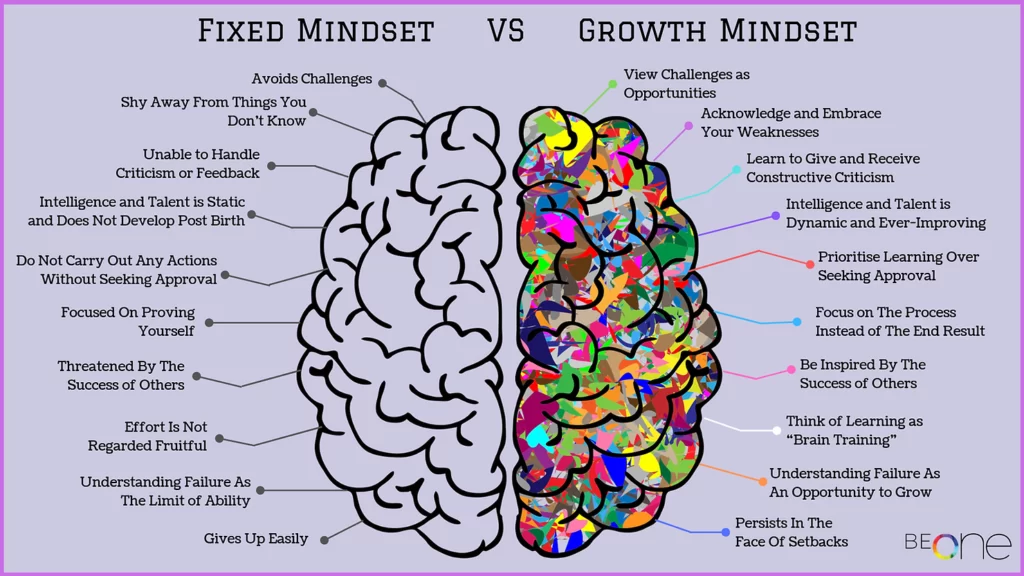
15 Fixed Mindset vs. Growth Mindset Examples
We have divided these fixed mindset vs. growth mindset examples into three categories: Identity and Self-Improvement, Comparing to Others, and Learning Something New.
Many people have specific fixed mindset triggers, like comparisons or tough challenges. Do some of the fixed mindset examples sound familiar? They may help you identify the triggers of your children or students, and help you work together to improve.
With each example, you’ll find a helpful tip for supporting the shift from a fixed mindset to a growth mindset.
Examples of Identity and Self-Improvement
Example 1-
Fixed Mindset: I’m either good at something or I’m not.
Growth Mindset: I can improve my skills with effort and practice.
Tip: Ask children if they have ever struggled to master a skill, and then improved over time. Examples may include reading, writing neatly, riding a bike, or playing an instrument. You can also provide examples from your own life or the lives of famous people. Children will see clear evidence that no one starts as an expert and they are capable of improvement.
Example 2-
Fixed Mindset: When people give me feedback, it feels like criticism.
Growth Mindset: I appreciate it when people give me feedback. It helps me learn and grow.
Tip: Consider making feedback a two-way conversation in your classroom. On students’ writing, for example, ask them to reply to your comments with a comment saying, “I learned _____________.” Alternatively, provide students with a way to immediately implement the feedback they receive. This makes it easier to link feedback with progress and growth.
Whether at home or in the classroom, ask for feedback in addition to providing it (e.g., “How could I have made that lesson better?” or, “Is there anything I can do to support you more?”). Model gracefully accepting and learning from feedback.
Example 3-
Fixed Mindset: I’m just not good at math.
Growth Mindset: Math is challenging for me, but I know I can improve.
Tip: If a child struggles with a specific subject at school, provide extra support and track progress. Parents can collaborate with the child’s teacher and look for educational resources online or in-person. As the child’s grades improve, emphasize how far they have come.
Celebrate their hard work and progress and continue to encourage the belief that there is always room to learn and grow.
Example 4-
Fixed Mindset: I’m too shy to speak in front of the class.
Growth Mindset: With practice, I can become more confident and improve my public speaking skills.
Tip: When children express a specific concern, ask, “What steps can we take to work on that?” If the child is unsure, help them brainstorm.
For example, a child who fears speaking in front of large groups can first practice with partners or in a small group setting. They can gain public speaking experience in a fun way, like improv or drama classes. As always, celebrate incremental progress and remind the child of how far they have come.
Example 5-
Fixed Mindset: I’m already a really good writer. I don’t need to get any better.
Growth Mindset: There’s always room for improvement.
Tip: If a child excels in a subject, make sure they are being challenged enough. Children who have mastered grade-level skills without having an opportunity to move beyond grade level may feel improvement isn’t possible.
With young writers, for instance, you can encourage them to expand their vocabulary or begin incorporating figurative language into their work. Ask them to write paragraphs instead of just a sentence, or have them enter local writing competitions. Parents can introduce additional enrichment experiences.
Examples of Comparing Self to Others
Example 6-
Fixed Mindset: Naturally smart People don’t need to try hard to succeed.
Growth Mindset: No one is born smart. We can all improve with time, effort, and persistence.
Tip: Give examples of people considered geniuses who had to put time and effort into their achievements. For example, Thomas Edison’s teachers thought he was “too stupid to learn.” He was fired from his first two jobs and he made thousands of unsuccessful attempts at inventing the lightbulb before succeeding. Edison wasn’t born a genius; he overcame obstacles, persisted, and worked hard for his intellectual success.
Example 7-
Fixed Mindset: Other people’s successes make me feel bad about myself.
Growth Mindset: Other people’s successes encourage and inspire me. They show me what is possible.
Tip: When children feel discouraged by another person’s successes, teach them to ask, “How did this person get there?” When we see someone’s success, we are only seeing the tip of the iceberg. We don’t know what is “under the water,” or all the rejection, failure, effort, persistence, and learning that went into their achievements.
Our Success Iceberg Poster provides a visual reminder of this truth. Success doesn’t happen overnight. Other people’s successes show us what is possible when we don’t give up.
Example 8-
Fixed Mindset: Successful people are lucky/talented and have never experienced failure.
Growth Mindset: Failure is part of success. Most successful people have failed many times, but they succeeded because they didn’t quit.
Tip: It’s important to teach children failure is part of every success story. The people who succeed aren’t the ones who magically got it right the first time; they are the ones who failed and kept trying anyway.
Famous examples include Michael Jordan, Steve Jobs, Oprah Winfrey, Walt Disney, Steven Spielberg, and many more. If these names don’t resonate with children, ask them to name a successful person they admire, then research the failures and obstacles they had to overcome.
Example 9-
Fixed Mindset: I wish I was as good at baseball as you. It’s not fair.
Growth Mindset: Your skills as a baseball player inspire me. Do you have any tips to help me improve?
Tip: Encourage children to ask themselves, “What can I learn from this person?” when they see someone else succeeding. As mentioned above, they can also ask, “How did this person get there?” From a fellow baseball player, for example, children can learn both specific techniques and information about the training and hours of practice that contributed to their success.
We can view other people’s success stories as inspiring blueprints” rather than condemnations of our abilities. When the opportunity arises, model this mindset for your children or students.
Examples of Learning Something New
Example 10-
Fixed Mindset: It’s embarrassing when I make a mistake.
Growth Mindset: Everyone makes mistakes and mistakes are opportunities to learn.
Tip: Try celebrating mistakes with action and/or phrases like, “High five, you’re learning!” Consistently connecting mistakes with learning will help children shift their mindset. When you make mistakes, verbally acknowledge them and think out loud about what you learned from the experience.
Example 11-
Fixed Mindset: If I don’t try new or hard things, then I won’t fail.
Growth Mindset: I have to try new and difficult things to grow, even if I fail at first.
Tip: Ask, “What would happen if you never tried anything new?” Make a list of all the foods, experiences, movies, and hobbies your children or students would never have discovered if they hadn’t tried them.
Discuss skills that have become second nature, like riding a bike, but were once difficult or even scary. If we try to avoid failure, we also miss out on much of the joy, excitement, and growth life has to offer.
Example 12-
Fixed Mindset: When I fail, I get frustrated and give up.
Growth Mindset: When I fail or get frustrated, I try again using the lessons I’ve learned.
Tip: When Sarah Blakely, the billionaire founder of Spanx, was growing up, her father led weekly dinner table conversations about failure. He asked his children what they had failed at that week, then high-fived them and said, “Way to go!” In addition to celebrating his children’s efforts, he told them to write down the “hidden gifts” they got out of each failure and the lessons they had learned.
Blakely said this reframed her definition of failure to “not trying,” versus an undesirable outcome. Try implementing a similar ritual at your family dinners or in small groups in your classroom.
Example 13-
Fixed Mindset: Failure means it is time to give up.
Growth Mindset: I only truly fail when I stop trying.
Tip: What if Thomas Edison had stopped trying to invent the lightbulb after the first failed experiment—or even the first 500? What if Oprah Winfrey, Steve Jobs, or Walt Disney had decided they were failures after getting fired from early jobs? Or if Steven Spielberg and Michael Jordan had given up movies and basketball after experiencing rejection? These failures weren’t failures after all because they didn’t give up.
Example 14-
Fixed Mindset: I can’t do that!
Growth Mindset: I can’t do that yet. I’m going to keep going, try new strategies, and/or ask for help until I understand it.
Tip: Teach children about the power of “yet.” When they say they don’t know how to do something, remind them they simply don’t know how to do it yet.
Brainstorm a list of alternatives children can refer to when they feel like giving up. For instance, they can ask a friend for help, ask a teacher for help, research on the Internet or in a textbook, or try a new strategy. Ask children to choose a favorite from the list, then fill in the blank in the following sentence starter: “Next time I get stuck, I will _________________.”
Example 15-
Fixed Mindset: If I don’t improve right away, I get frustrated. I start to criticize myself.
Growth Mindset: I know improvement takes time and I celebrate the small steps. Even a little progress makes a difference!
Tip: Whether you are at home or in the classroom, always emphasize the process over the outcome. Celebrate effort, and new ideas, bounce back from failure and mistakes, and so on. Learning is a process and an ongoing journey and every child’s goal should be to take steps toward improvement every day. When they take those steps, recognize and encourage their efforts. Meanwhile, use the other tips listed here to shift children’s mindset around failures and help them transform negative self-talk.
This fixed mindset vs. growth mindset examples will help you and your children or students not only understand the difference but also put these powerful concepts into practice. Consider writing your favorite growth mindset examples on sentence strips and hanging them on a bulletin board as a daily reminder.
Then, to dive even deeper into a growth mindset, have a look at our growth mindset journal. As the children in your life develop this mindset, you’ll notice a huge difference in their confidence, motivation, and resilience!

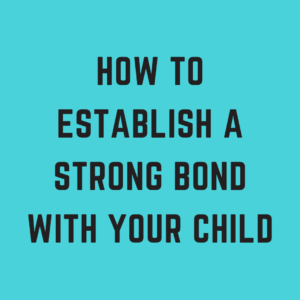
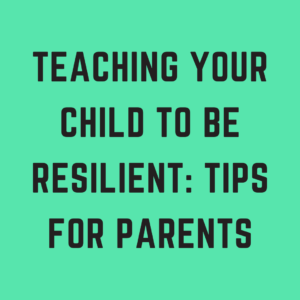
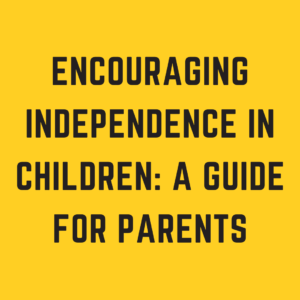
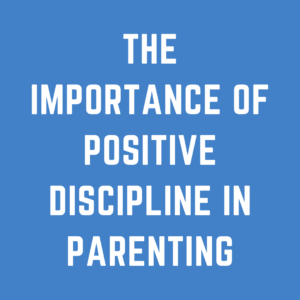
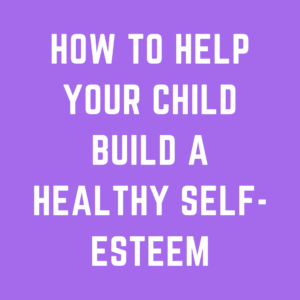
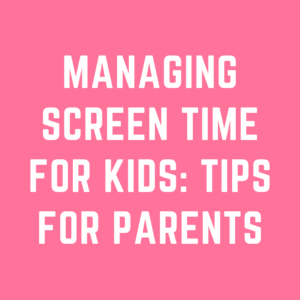
Thank you!